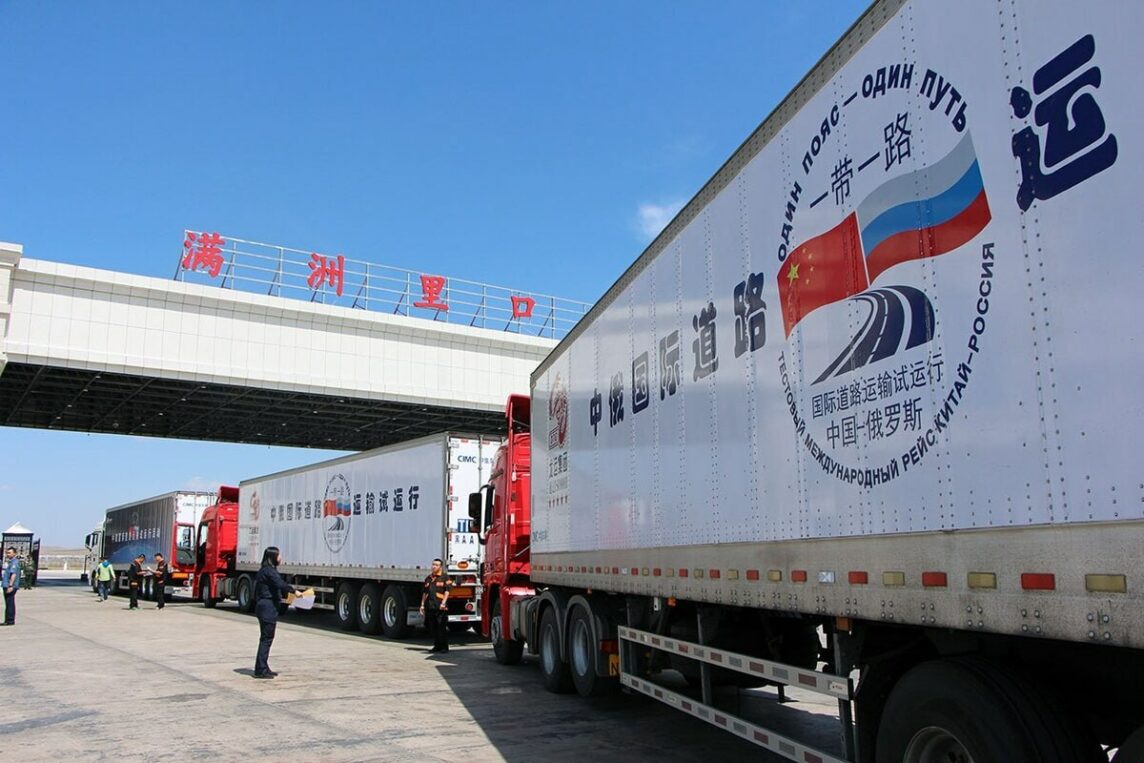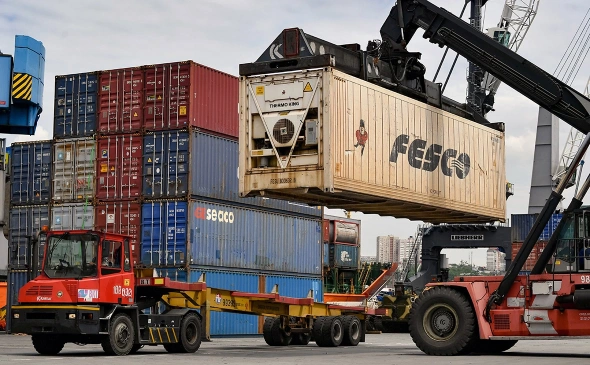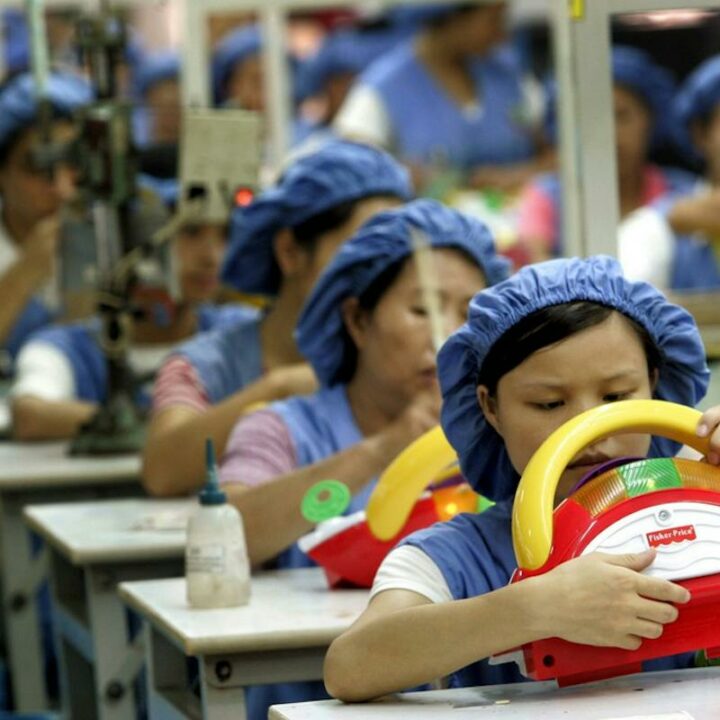Why is it worth importing products from China?
In recent years, China has taken a leading position in global consumer goods production.
For an enterprising business owner, the opportunity to buy and resell Chinese manufactured goods can provide excellent returns.
According to the latest data, approximately US$216.7 billion worth of Chinese products were exported worldwide in February 2023.
Affordability is a key factor when importing products or manufacturing materials made in China, but research is essential before embarking on this strategy.
Importing from China can be a complex process and requires planning and relationship building. Failure to adhere to the plan can lead to delays, missed deadlines, and lost profits.
Here are 7 steps you can take before importing goods from China:
- Step 1: Select the products to import.
Check the profitability of your preferred product and make sure there is a market for it. Calculate the cost of purchasing compared to the price at which you can reasonably sell. Be sure to do your due diligence to find out what you are allowed to import. Please remember that many items are subject to restrictions; be careful to avoid this.
- Step 2: Find a supplier.
Once you have decided on the product, make a list of Chinese suppliers who can supply you with this product.
- Step 3: Inspect the product.
When you find a supplier, ask them for product samples and information about manufacturing plants. You can ask your supplier/manufacturer to audit the products you have chosen.
- Step 4 – Classification and calculation.
Now that you have a product, the next step is to classify it according to the HS. Using the product code, you can calculate the import duty rate.
- Step 5 – Delivery of the order.
Each company has its own minimum order. Most companies in China will require an order of at least 10,000 units. You can order either a full container load (FLC), which uses the entire shipping container, or a less than container load (LCL), which shares the space with other shipments. Also keep in mind that it will take a day or two for the shipment to arrive with factory to the port, and a couple more days for normal customs procedures.
- Step 6 – Prepare for and expect shipping.
You can make this process much easier by hiring a customs broker. This professional will complete and file the necessary paperwork, estimate costs, review regulations, and otherwise smooth the process.
You will also need to provide initial import documents:
- Delivery note
- Certificate of origin
- Bill of lading
- Commercial invoice
When your order arrives, be prepared to pay import duties and arrange for pickup and transportation of your product.
- Step 7: Make payment to China.





